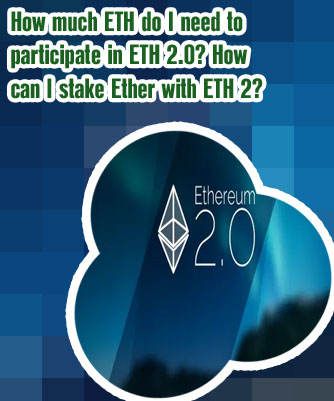
Eth 2
The Next Chapter of Ethereum
Ethereum2
Eth 1.0 and ETH 2.0 vary in numerous ways. Switching to Proof of Stake(PoS) and the introduction of Shard Chains makes ETH 2.0 more efficient than its older version. 7 Best Bitcoin ETFs Of February 2024 ETH2 is a significant upgrade to its blockchain. It changes how the network confirms transactions and creates new blocks. Before this upgrade, this blockchain used a system called ‘proof-of-work,’ which required miners to compete in solving complex math problems. This process used a lot of energy and made it hard for the network to grow. In December 2020, Ethereum began running on two parallel blockchains, a legacy one that operates using proof of work (Ethereum Mainnet) and a new chain for proof of stake (Beacon Chain). The merge combined Mainnet and Beacon Chain into one unified blockchain operating on a proof of stake protocol.
Who created Ethereum?

2 etherium
©2024 CoinDesk Introduction to Ethereum This change, known as Ethereum Improvement Proposal 1559 (EIP-1559), will make it much faster, and it’s a big deal for the future of the network. The first part of ETH2 started on December 1, 2020, and it promises to handle more than 100,000 transactions every second. That’s a huge improvement from the old system, which was slow and inefficient. EIP-1559, deployed in August 2021 with the London hard fork, changed how transaction fees work on the network. Users who make a transaction on the network now pay a base fee that’s burned instead of going to Ether miners, reducing the supply of ETH and placing deflationary pressure on the network.